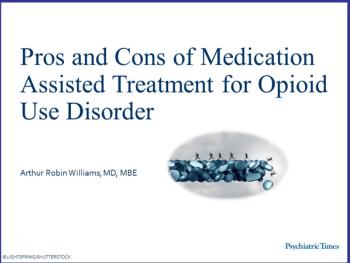
Although these medication-assisted treatments have been approved by the FDA and have strong empiric evidence for superior outcomes, it is important to know the good and the bad.

Although these medication-assisted treatments have been approved by the FDA and have strong empiric evidence for superior outcomes, it is important to know the good and the bad.
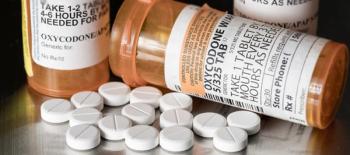
The short vignettes in this quiz highlight the importance of understanding the delicate balance between risks and benefits when prescribing opioids.

More than 6 out of 10 deaths involve prescribed opioids. The authors address guidelines for who should (and who should not) receive a naloxone prescription.

While opioid use disorders are more common in younger patients, prevalence among the elderly is growing.

A psychiatrist realizes he is completely powerless against his patient's opiate addiction.
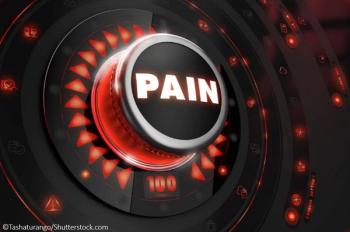
The overprescription of opioid analgesics has resulted in the growing use of heroin. Right?
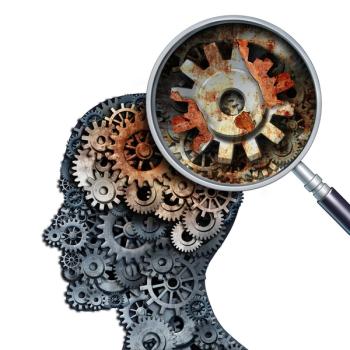
Two recent clinical trials of opioid medication for depression and suicidality highlight the role of brain opioid systems in depression.

A new CDC guideline on prescribing opioids for chronic pain has only added to the media attention being focused on opioid abuse and addiction. But what does the guideline really offer?

As clinicians, we can only imagine what happens when patients terminate treatment. Thoughts from an addiction psychiatry fellow.

Opioid-dependent patients presenting to an emergency department for other medical reasons are more likely to pursue addiction treatment if a specific therapy is initiated during their emergency care stay. What therapy are we talking about?

While opioid dependence is among the most severe and lethal of addictions, it also has the most effective medication treatments. The authors provide 2 case vignettes and a step-by-step process for clinical decision making.

There are probably few health care professionals who are unaware of the concerns about the apparent overprescription of opioids. However, we have had only limited information on how good a job physicians may actually be doing in prescribing these medications.

To combat opiate abuse and its dire consequences, drug makers have developed a number of strategies--which are detailed here.

In a world in which substance use disorders are no longer suffered in isolation, treating addiction is a challenging journey with obstacles, intermittent failures, and life-altering successes. A poem on drug withdrawal expressed through the eyes of a fellow in addiction medicine.

The elephant in the room: the problem of iatrogenic opioid use disorder is being ignored.

A guide for helping patients understand heroin, its history, and how it impacts our communities.

In the US, 38,000 drug overdose deaths occur per year, and it is estimated that 75% are opioid-related. The good news is that addiction is a treatable disease. More in this discussion of opioid addiction, the use of naloxone, and Good Samaritan laws.

What expanded roles should psychiatrists be playing in the provision of proper pain management without taking their eyes off the issue of prescription opioid misuse and abuse? Insights here.

As we are faced with a growing population of older adults, a better understanding of the issues that they confront is crucial.
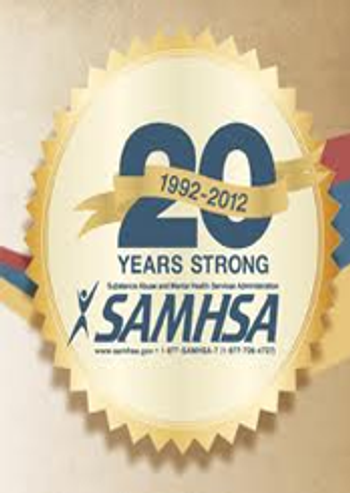
SAMHSA is celebrating its 20th anniversary with a set of 8 new strategies to support and address the needs of patients with behavioral health disorders.

While regulatory controls on methadone clinics for opioid dependence resulted in treatment being physically and functionally isolated from conventional medical care, the delivery of an office-based treatment of buprenorphine and the buprenorphine/naloxone combination product over the last decade has facilitated the return of treatment to “mainstream medicine both for psychiatry and primary care."

Members of the military returning from combat operations have high rates of substance abuse. They also often exhibit a co-occurring triad of posttraumatic stress disorder (PTSD), traumatic brain injury (TBI), and pain, which complicates the problems with substance abuse.

When it comes to analgesics, many options and various factors must be weighed to make the best choice for each patient.

Apart from the lack of evidence supporting their use, is there any reason not to use patient opioid agreements and urine drug testings?

The next I heard of the Prince, my hopes that he had reshaped his consciousness in a more healthy direction were dashed. The Prince was in solitary confinement as punishment for another attempt to establish his empire.